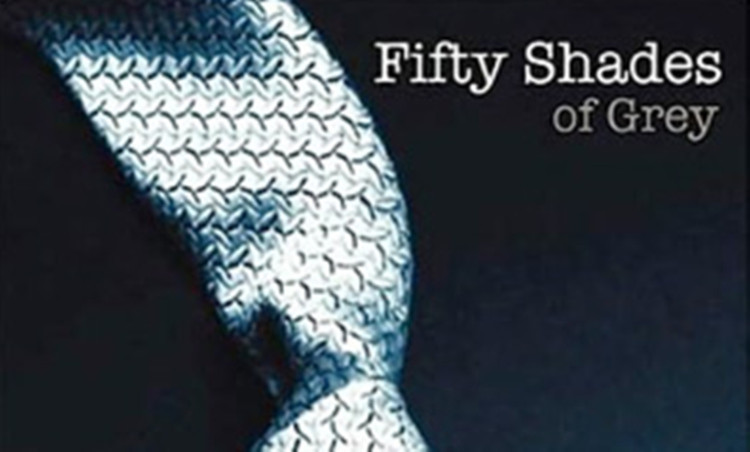Fire crews in Scotland have had to cut people free from their own jewellery more than 500 times over the past five years.
Around two people every week in Scotland require the unusual rescue from firefighters because they have forced on a ring that is too small, their fingers have grown too large, or the ring cannot be taken off because the digit has been broken.
Since 2009/10 there have been 529 cases where firefighters have had to use specialist equipment to cut off rings, with 119 incidents in 2012/13 and 39 so far this financial year.
Ring removals are the most common unusual fire and rescue services have to carry out each year. These include people who have managed to get a limb trapped in objects ranging from bicycle chains to gym equipment.
And 65 people have required firefighters’ assistance to free themselves from handcuffs over the past five years too.
Earlier this year, the London Fire Brigade revealed that there had been a huge upsurge in the numbers of people getting trapped in handcuffs because of the erotic bestseller 50 Shades of Grey.
They reported that there had been 79 incidents of people accidentally locking themselves in handcuffs in London since 2010.
Scots, however, appear to be less experimental in the bedroom, with just 65 incidents of people getting locking in handcuffs since 2009/10.
However, the popularity of E L James’ novel did lead to a minor increase in handcuff-related mishaps.
There were 14 incidents in 2011/12 but this rose to 17 the following year and there have already been eight such call-outs since April this year, including one in Fife.
One insider at the Scottish Fife and Rescue service said: “There are not many calls to deal with things like handcuffs but people do quite often get their arms stuck in things like bicycle chains and gym equipment.
“A lot of the time we need to help cut off rings and things like that.”
Fire crews have also been called out to 26 incidents since 2009 when people have fallen and impaled themselves on an object.
